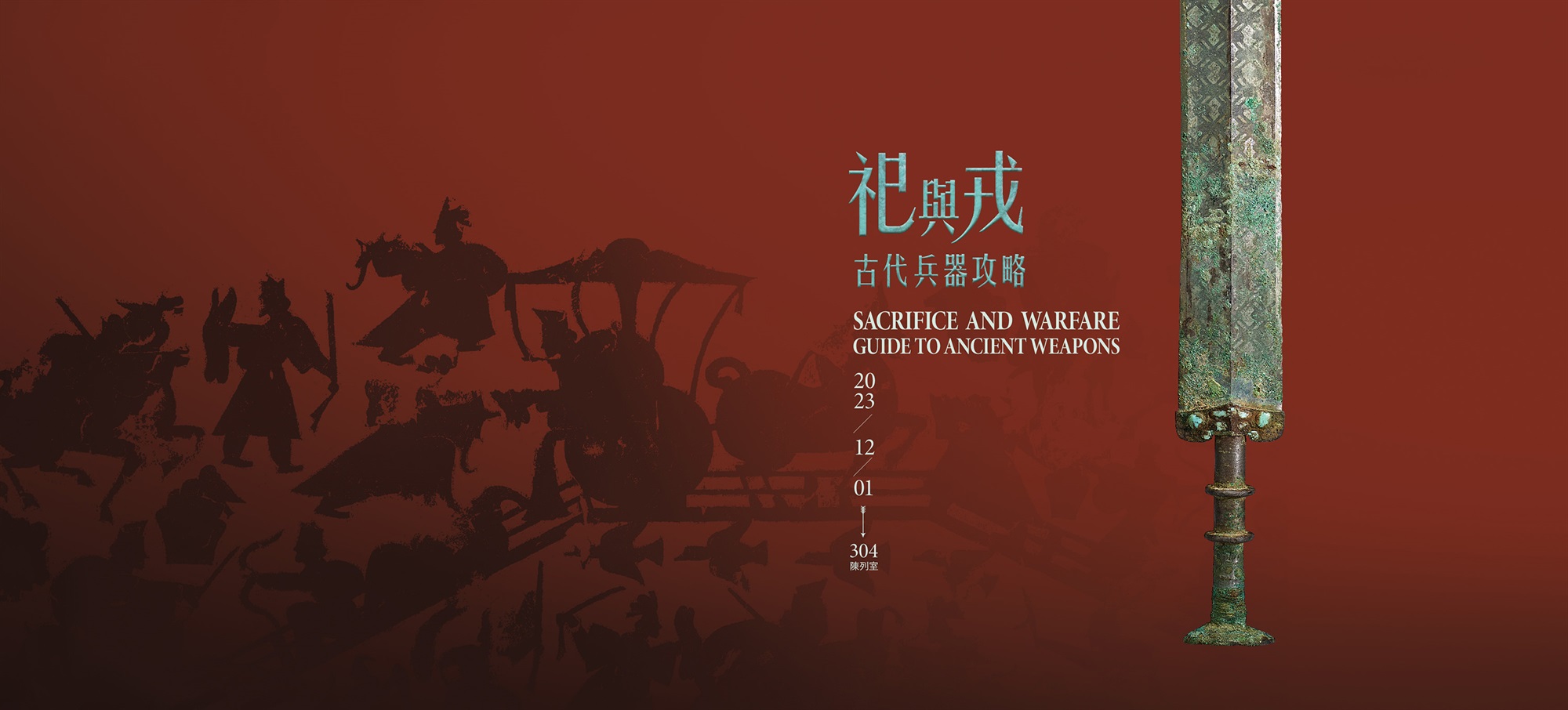Epilogue: Peace as the Ultimate Martial Greatness
“Martial greatness means confirming achievements and sheathing weapons, thus ‘stop’ and ‘ge-dagger’ form ‘martial.’” -- Xu Shen, Shuowen Jiezi (Explaining Graphs, Analyzing Characters), Class of 戈 (gē), Eastern Han Dynasty
The character “武” (wǔ) is composed of the radicals “戈” (gē) and “止” (zhǐ). In Shang oracle bone inscription, the graph “止” represented the image of a toe, symbolizing the movement of walking. The graph “戈,” on the other hand, stood for weaponry. Therefore, the original meaning of “武” was to advance with a weapon, meaning the act of going to war.
Later, “止” took on the borrowed meanings of stopping or restraining. King Zhuang of Chu, one of the Five Hegemons of the Spring and Autumn period, interpreted the graph “武” as “stopping warfare,” suggesting that true martial virtue lies in halting warfare. He put forth seven virtues of martial greatness: prohibiting violence, storing away weapons, preserving what is great, confirming achievements, bringing repose to the people, harmonizing the multitudes, and expanding wealth. Although not the original meaning of the character “武,” the interpretation of the character seen in the term “止戈為武(zhǐ gē wéi wǔ)” that arose from the continuous warfare of the periods of Spring and Autumn and Warring States became the primary understanding of this character in later works such as the Shuowen Jiezi.


